Invented by Ralph M. Ellison, Fred H. Mermelstein, PolaRx Biopharmaceuticals Inc
Arsenic has been used in traditional medicine for centuries, particularly in Chinese medicine, where it was believed to have therapeutic properties. In recent years, scientific research has shed light on the potential anti-cancer effects of arsenic compounds. These compounds have been found to induce apoptosis (programmed cell death) in cancer cells, inhibit angiogenesis (the formation of new blood vessels that supply tumors), and interfere with cell signaling pathways involved in tumor growth and metastasis.
One of the most well-known arsenic compounds used in cancer treatment is arsenic trioxide (ATO). ATO has been approved by the U.S. Food and Drug Administration (FDA) for the treatment of acute promyelocytic leukemia (APL), a subtype of acute myeloid leukemia (AML). APL is characterized by a specific genetic mutation that makes it highly sensitive to ATO. The success of ATO in treating APL has sparked interest in exploring its potential for other types of neoplastic diseases.
The market for compositions utilizing arsenic compounds for cancer treatment is driven by several factors. Firstly, the increasing incidence of cancer worldwide has created a pressing need for effective therapies. According to the World Health Organization (WHO), cancer is the second leading cause of death globally, with approximately 10 million deaths each year. This has led to a growing demand for innovative treatment options.
Secondly, the favorable safety profile of arsenic compounds in cancer treatment has contributed to their market growth. While arsenic is a known toxic substance, when used in controlled doses and under medical supervision, it has been found to be well-tolerated by patients. This is particularly important in the context of neoplastic diseases, where patients often undergo prolonged treatment regimens.
Furthermore, the potential for combination therapies involving arsenic compounds has also fueled market growth. Arsenic compounds have been shown to enhance the efficacy of other anti-cancer drugs, such as chemotherapy agents and targeted therapies. This has opened up opportunities for the development of combination treatments that can improve patient outcomes.
However, there are still challenges to be addressed in the market for compositions utilizing arsenic compounds for cancer treatment. One of the main challenges is the need for further research to optimize dosing regimens and identify patient populations that would benefit the most from these treatments. Additionally, the high cost of drug development and regulatory hurdles associated with bringing new treatments to market pose significant barriers for companies in this field.
In conclusion, the market for compositions for treating primary and metastatic neoplastic disease using arsenic compounds is experiencing steady growth. The potential of arsenic compounds in targeting and killing cancer cells has generated significant interest and investment in this field. With further research and development, these compositions have the potential to become valuable additions to the arsenal of cancer treatment options, offering hope to patients worldwide.
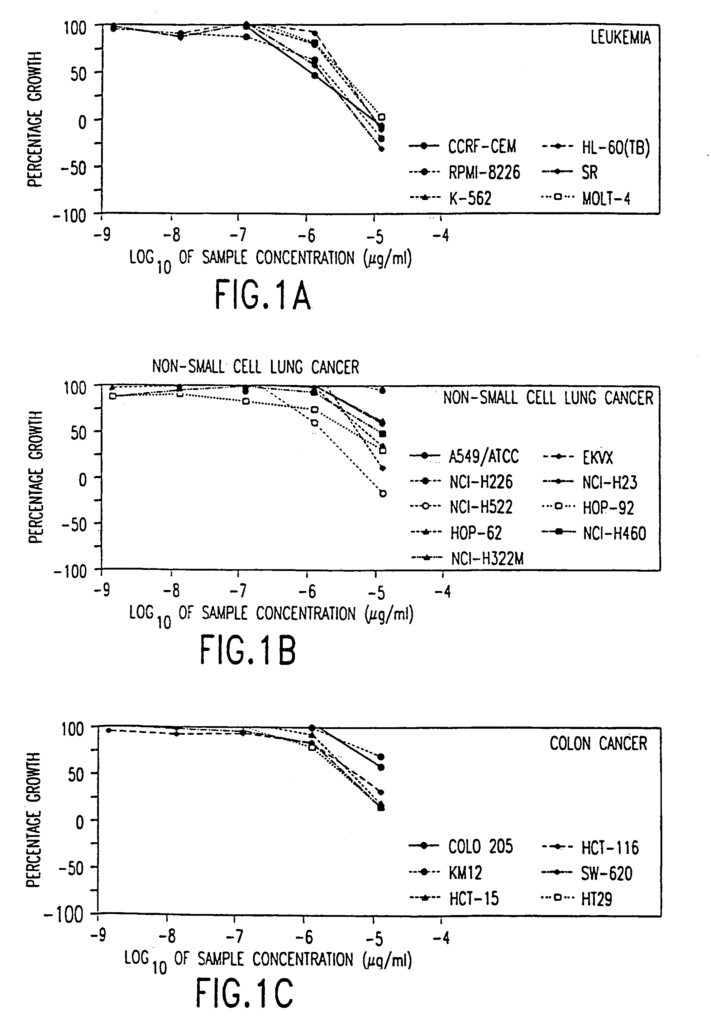
The PolaRx Biopharmaceuticals Inc invention works as follows
The invention is a treatment of various neoplastic conditions using arsenic compounds. The present invention involves the administration of arsenic to a mammal in the form a complex, organic compound, or ionic solutions to treat tumors affecting epithelial tissues, connective tissues, the central nervous system and lymphoid cells, as well as tumors caused by oncogenic virus. This invention includes the treatment of hematopoietic diseases in mammals through the administration of arsenic compounds. The arsenic compounds can also be used to treat metastatic cancers.
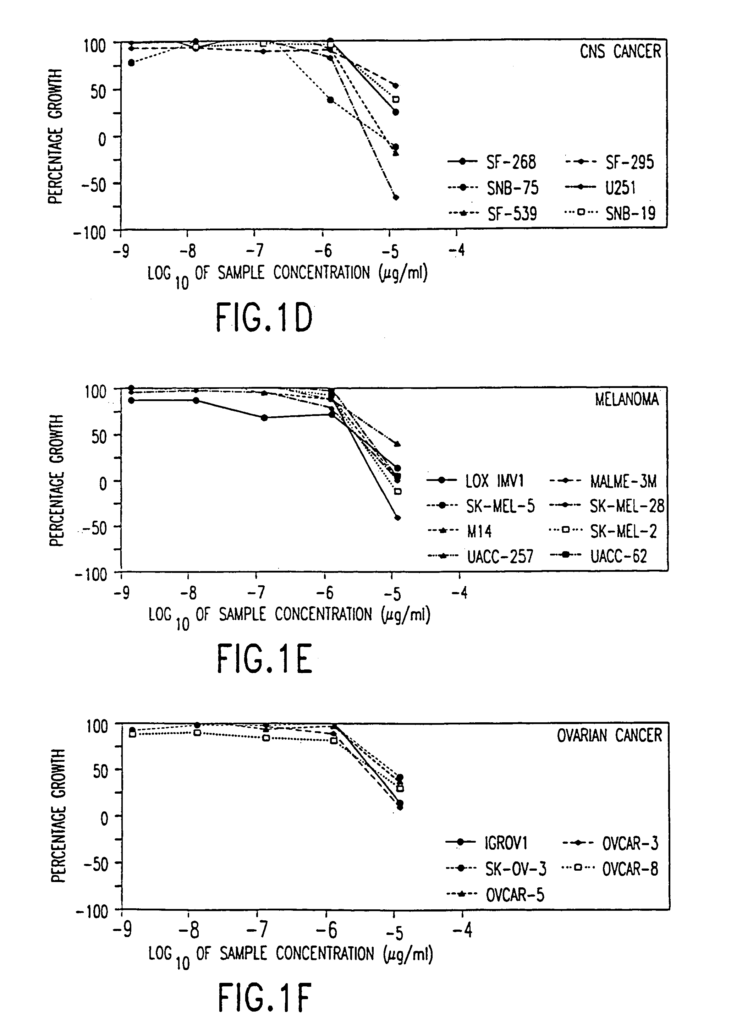
Background for Compositions for treating primary and metastatic neoplastic disease using arsenic compound
In 1997, more than a million Americans will be diagnosed with cancer. Around 500,000 people will be in a remission or cured. This represents an improvement in the cure rate over the last decade, which is due largely to earlier detection and better treatment as well as advances in chemotherapy. The advances in chemotherapy are mainly focused on targeted or specific drug therapies, where a drug is specifically developed for a particular cancer type. This “disease-oriented” approach is designed to identify compounds that exert selective effects in vitro on particular tumor types and follow up these leads in vivo using cell lines. This ‘disease-oriented’ approach is intended to identify compounds that exert selective effects on certain tumor types in vitro and to follow up these leads in vivo using cell lines (Fiebig, et. al., Cancer Treatment Reviews, 17:109?117, 1990)). Cancer incidence is on the rise as we age and new cancers are discovered or more common, like those in patients with AIDS. It is evident that there is an enormous demand for new regimens in treating cancer patients.
2.1. “2.1.
Cancer is primarily characterized by an increase in abnormal cells that are derived from normal tissues, invasion of nearby tissues by these abnormal cell, and the spread of malignant lymphocytes via lymphatic or blood to regional lymphatic nodes and distant sites (metastasis). The clinical data and molecular biological studies show that cancer is a multi-step process. It begins with preneoplastic lesions, which can progress under certain circumstances to neoplasia.
Pre-malignant abnormal cellular growth is illustrated by hyperplasia or metaplasia and, most importantly, dysplasia. (For a review of these abnormal growth conditions, please see Robbins & Angell, 1976 Basic Pathology, W.B. Saunders Co. Philadelphia, pp. 68?79). Hyperplasia involves a controlled cell proliferation that results in an increase in the number of cells in a particular tissue or organ without affecting its structure or function. Endometrial hyperplasia is one example of how it can precede endometrial carcinoma. Metaplasia, a controlled form of cell growth, occurs when one type of fully differentiated or adult cell replaces another type. Metaplasia may occur in epithelial cells or connective tissues. Atypical metaplasia is characterized by a metaplastic epithelium that appears to be disorderly. Dysplasia, which is often a precursor to cancer, is mainly found in epithelia. It is the disorderliest form of non-neoplastic growth and involves a loss of uniformity in cell architecture and individual cell size. Dysplastic nuclei are often abnormally large and deeply stained, with pleomorphism. Dysplasia is a condition that occurs when there is chronic irritation or inflammation. It can be found in the cervix as well as respiratory passages, the oral cavity, gall bladder, and even the cervix.
The neoplastic lesions may develop a clonal evolution and an increasing ability for invasion, growth and metastasis. This is especially true when the neoplastic cell escapes the host’s immunity surveillance. (Roitt I., Brostoff J. and Kale D., 1993. Immunology, third ed. Mosby St. Louis. 17.1?17.12).
2.2. AIDS-Related Non-Hodgkin’s Lymphoma
Since the discovery of AIDS the disease has been closely associated with a wide range of cancers. The incidence of cancers and the types of cancers are also increasing, as effective antiretroviral treatments and prophylaxis for opportunistic infection lead to a prolonged survival of AIDS patients in their immunodeficient condition (Karp & Broder, Cancer Res. 51:4747?4756 (1991)). AIDS-related Non-Hodgkin lymphoma only occurred in AIDS patients after 1981. AIDS-related Non-Hodgkin lymphoma has a high incidence of central nerve system involvement. Incidence is on the rise in the AIDS community. Patients infected by the AIDS virus are now living longer, and developing lymphoma is increasing as a result. Karp and Broder (1991), supra, describe the characteristics of AIDS related non-Hodgkin lymphoma.
The medical oncologist’s problem in treating patients with AIDS related lymphomas stems from the newly described tendency for the lymphoma to occur in the central nervous systems (in the brain and meninges surrounding the brain) and that the patient has a weak bone marrow, which is unable to tolerate standard chemotherapy. The treatment of lymphoma is very difficult in AIDS patients because the standard chemotherapeutics are very marrow-suppressive and cannot cross the blood-brain barrier to treat central nervous system diseases.
2.3. “2.3.
The incidence of metastatic and primary brain tumors in the United States is on the rise. The arsenal of chemotherapeutics available for these cancers is limited, but the need for them is great.
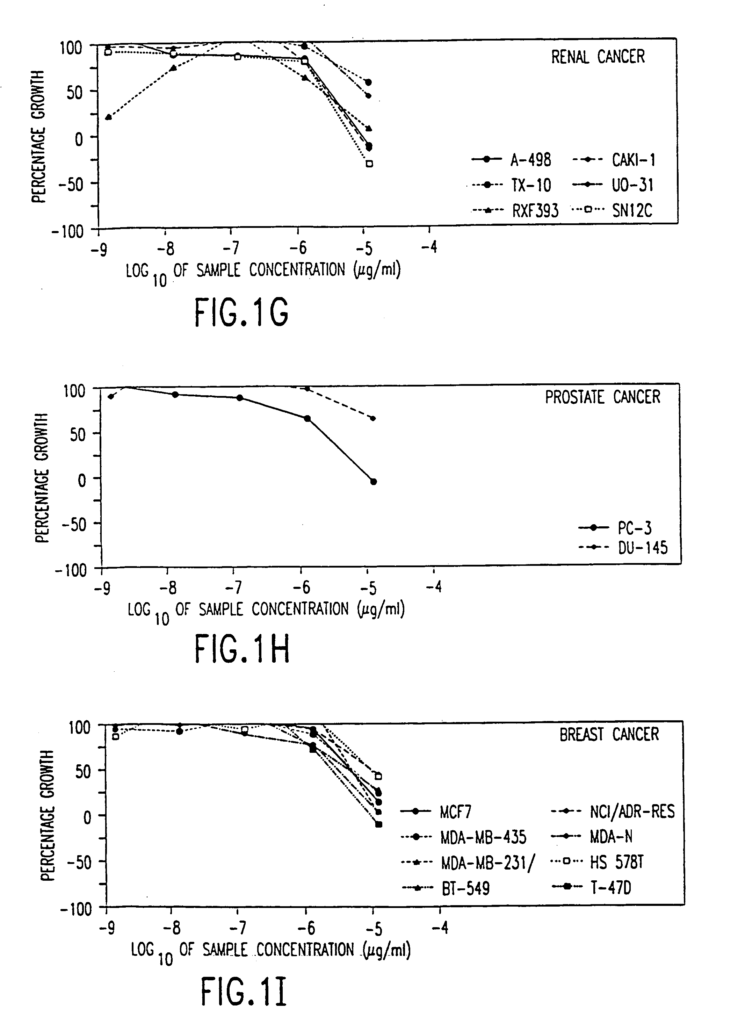
Glioblastoma Multiform and other primary or metastatic central nervous systems tumors are deadly malignancies.” These tumors are treated with surgery, radiation therapy, and agents like the BCNU nitrosourea. Procarbazine is also used as a chemotherapeutic agent, along with vincristine and hydroxyurea. Even when the three treatment modalities are used (surgery and radiation therapy, chemotherapy), patients with central nervous malignancies still have an average survival time of 57 weeks. New treatment options are required for both patients with newly-diagnosed primary and metastatic CNS tumors as well as those with tumors that are resistant to these modalities. The fact that no animal model can predict which agent will be clinically successful against primary and metastatic CNS tumors has made it difficult to find new agents.
2.4. “2.4.
Breast cancer is estimated to affect one out of every eight or nine women in the United States. Early breast cancer can be treated with surgery with or with out radiation therapy or with surgery with or with radiation therapy plus chemotherapy or hormonal therapy. Breast cancer is still causing more than 80,000 annual deaths despite the best efforts of doctors. Patients with metastatic or primary breast cancer are treated with cyclophosphamide (or methotrexate), 5-fluorouracil (5-fluorouracil), vinblastine, Taxol, Taxotere, Mitomycin C, and sometimes other agents. Sadly, even after treatment with these drugs, most women who have metastatic breast carcinoma succumb to the disease. Metastatic breast cancer can metastasize into the central nervous system. If central nervous system metastases occur, they are usually treated with surgery, radiation or surgery and radiation therapy. There is currently no chemotherapy that is considered helpful in this case.
Lung Cancer is responsible for over 150,000 deaths every year in the United States. The majority of lung cancer patients have a tumor which has spread to other organs such as the liver, lung, adrenal gland, and others. The treatment of metastatic lung carcinoma is not yet standard (Ihde Daniel C. “Chemotherapy of Lung Cancer”, The New England Journal of Medicine, 327:1434-1441, 1992 November 12th issue). The chemotherapy regimens that are used include cisplatin and etoposide treatment, combinations of cyclophosphamide and doxorubicin with cisplatin and single agents, alone or in combination. These include ifosfamide teniposide vindesine carboplatin vincristine taxol nitrogen mustard methotrexate hexamethylmelamine, among others. The average metastatic lung cancer patient survives only 7-12 months despite these chemotherapeutic regimes. The central nervous system is a particularly troublesome location for lung cancer metastases. Treatment for central nervous system metastatic lesions includes radiation therapy or surgery to remove a single lesion. Unfortunately, standard chemotherapy is not considered helpful in this case.
In the U.S., approximately 11,000 bladder cancer patients die each year. Most patients will develop metastatic disease even though the initial presentation of the disease is localized. Recent advances in chemotherapy have been made for patients who suffer from metastatic cancer. The MVAC regimen is one of the most effective. The MVAC regimen consists of methotrexate, vinblastine, adriamycin and cisplatin. Medical oncologists note that despite the high response rate to this chemotherapeutic regime, patients often fail to respond to metastases in the central nervous systems. There is no standard chemotherapy that is considered helpful in this case.
It’s estimated that over 100,000 men will have prostate cancer diagnosed this year, and more than 35,000 will die of the disease. Patients with prostate cancer most commonly develop metastases to the lymph nodes and bone. Bone metastases can cause intense pain to the patient. Current treatment of metastatic prostate cancer involves flutamide (leuprolide), diethylstilbestrol (diethylstilbestrol) and other hormonal manipulations as well as chemotherapy. Unfortunately, these drugs are not always effective in treating the disease. As patients with prostate carcinoma live longer, they are more likely to develop metastases in the central nervous system, including the spinal cord.
Oncologists note that patients with common malignancies like breast cancer, lung carcinoma, bladder cancer, and prostate cancer are living longer (due to the control of their systemic diseases with surgery, radiotherapy, and chemotherapy). They are also developing an increased incidence of metastatic tumours in the central nervous systems, including the brain. It is likely that most chemotherapy drugs do not penetrate the blood-brain barrier. It is very difficult for a patient who has had their tumors controlled outside the brain to develop brain metastases. The patient’s options are typically limited to radiation therapy or surgery for a single metastasis. After these modalities have failed, patients usually do not have any other options.
For each of the above indications, (primary brain tumours and metastases from other common cancers, such as breast, lungs, bladder, and prostate), there is an enormous need for more effective treatments and/or ways to improve the quality of life of patients.
2.5. Esophageal Cancer
In the U.S. the carcinoma of the stomach is only 6% of all cancers in the gastrointestinal system, but it causes a large number of cancer-related deaths. (Boring, C. C., et al. Cancer statistics, 1992. CA Cancer J. Clin. 43:7, 1993). These cancers are usually squamous-cell carcinomas or adenocarcinomas that arise from the epithelial lining of the esophagus. The 5-year survival rate is around 5%.
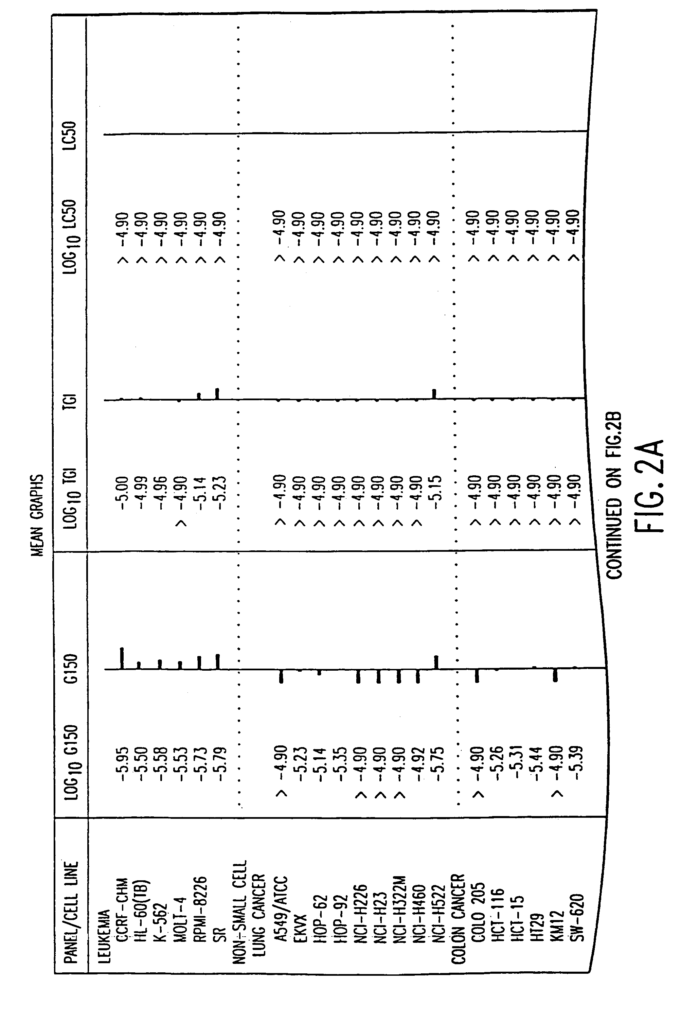
Squamous Cell Carcinoma is more common among males and less common in females after 50 years of age. The incidence of squamous cell carcinoma varies greatly from one country to another and even within a country. “In the U.S., the incidence ranges between 2 and 8 people per 100,000. It is more common among blacks than whites.
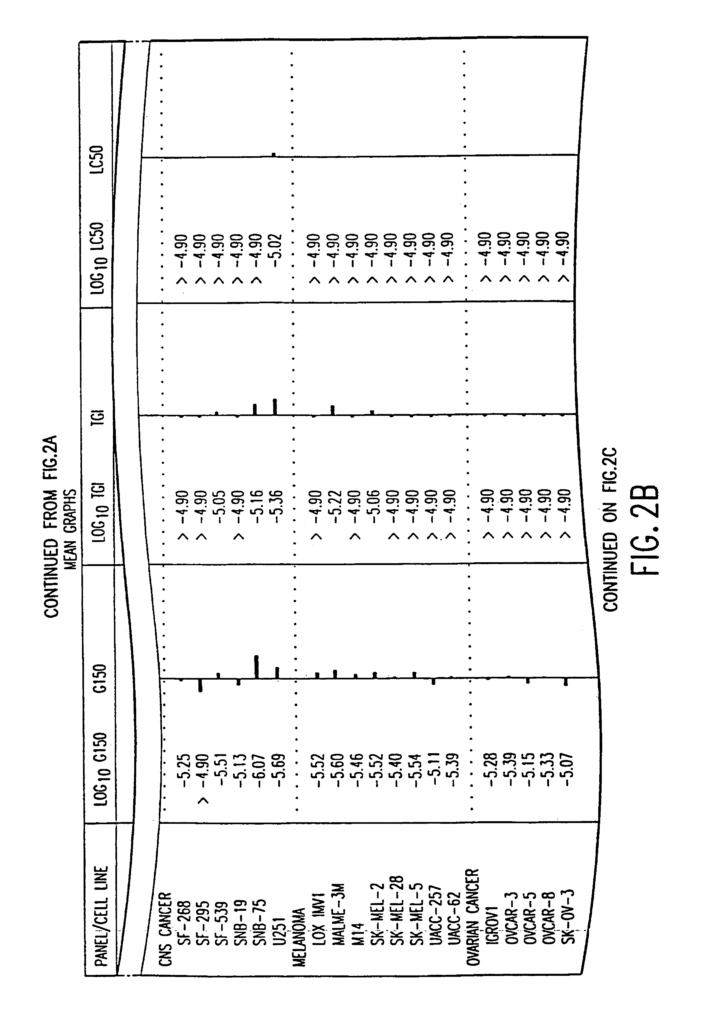
Click here to view the patent on Google Patents.
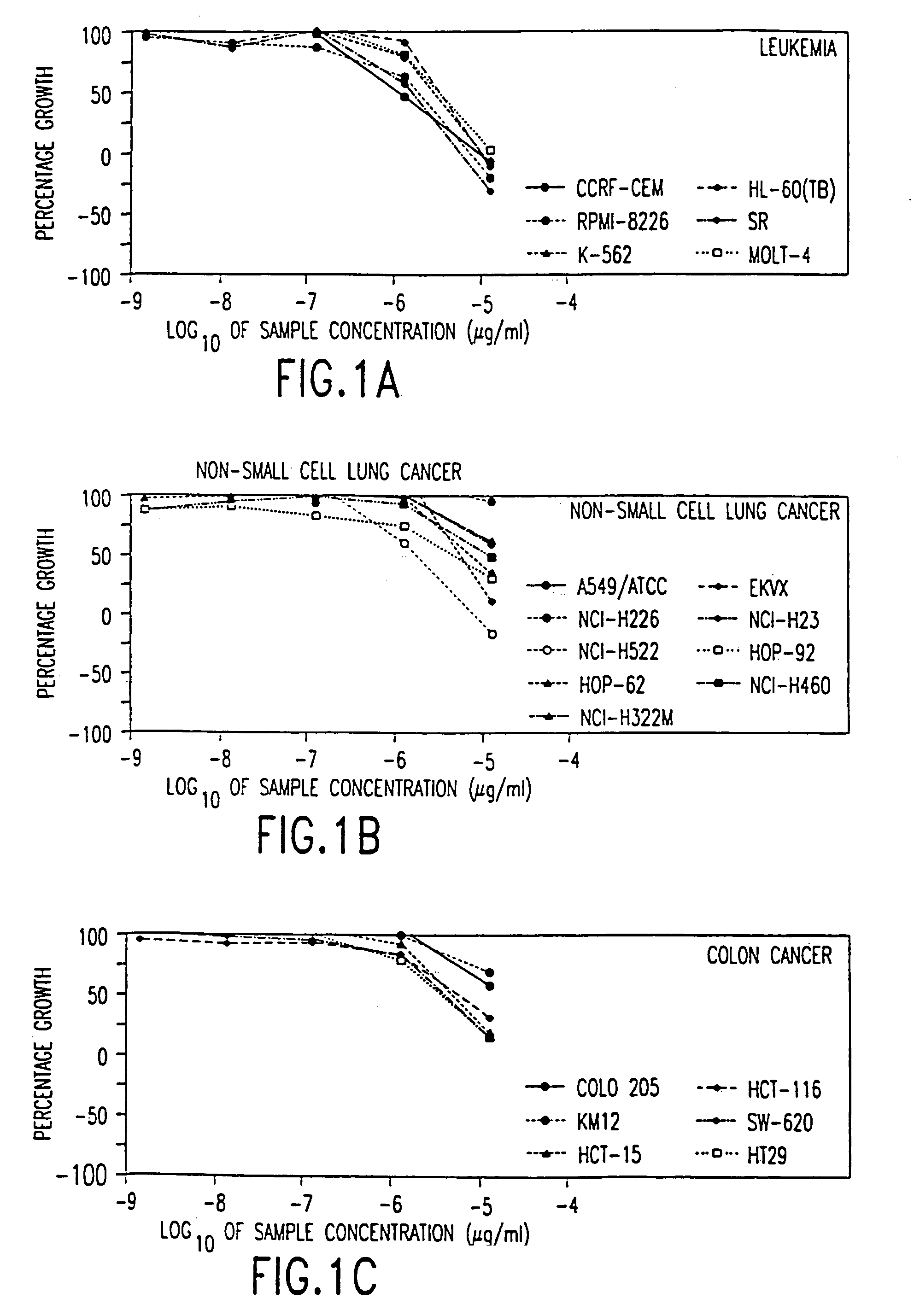
Leave a Reply